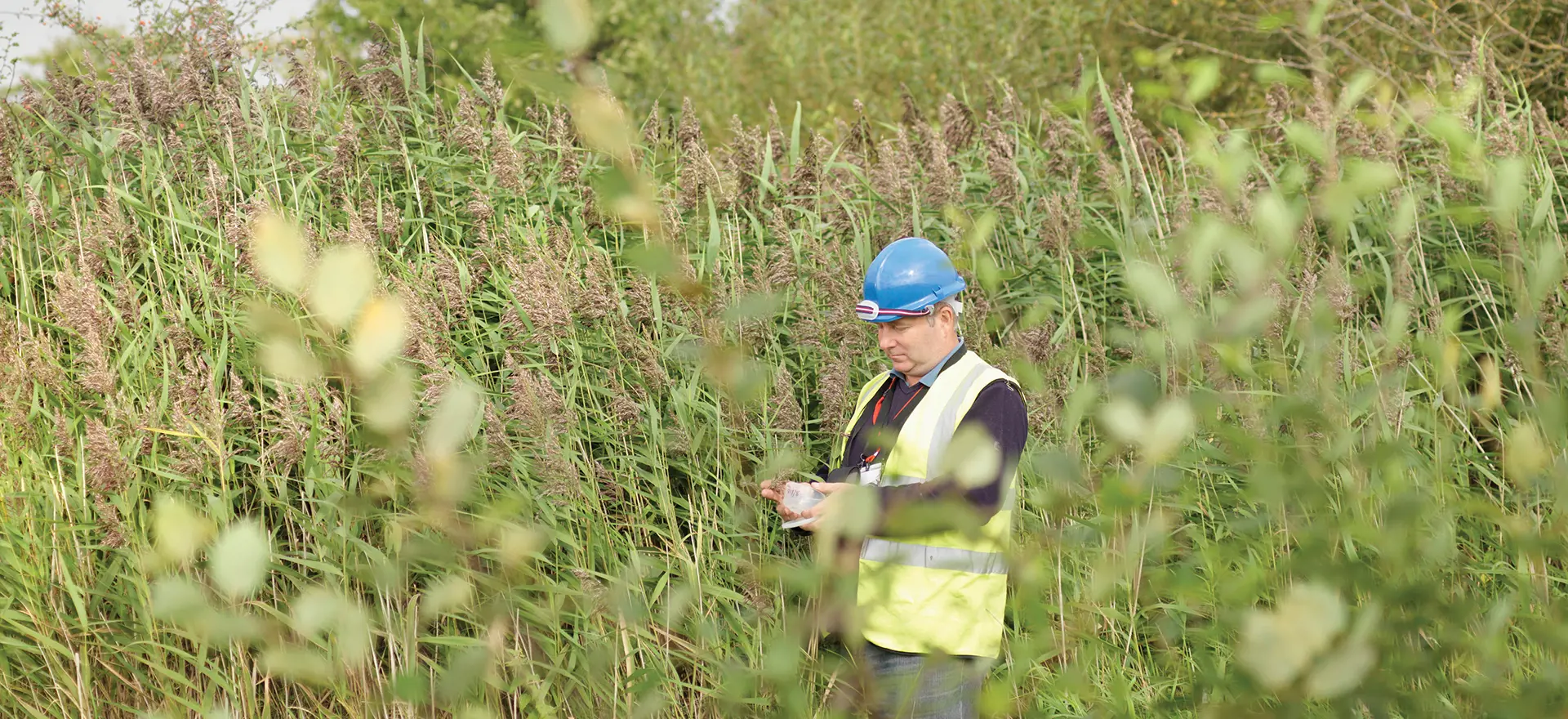A benefit of the current EIA Regulations is the ability to include mitigation at the screening stage to ensure that EIA is undertaken only for those projects that are likely to have significant effects on the environment. Therefore, if it can be demonstrated that the proposed development includes measures to avoid, or prevent, what might have otherwise been significant environmental effects, EIA is not required.
Lichfields has successfully taken this approach to EIA screening opinion requests, committing to standard mitigation such as a Construction Environmental Management Plan, Landscape and Ecology Management Plan etc, as well as project-specific mitigation measures such as the installation of a new Sewage Treatment Plant and a Landscape Strategy that responds to particular species within and around a site.
Whilst this can justify that EIA is not required, in order to reach this point it may be necessary to frontload assessment work to establish a robust evidence base. This can be challenging to early project budgets, although it should not generate abortive work, as standalone technical reports will likely still be required on specific issues. Should prior survey work not be possible a ‘worst-case’ scenario could be adopted, although this may commit the project to mitigation over and above what is necessary.
Ultimately, however, a commitment to mitigation measures at the EIA screening stage can overcome the requirement for EIA to be undertaken for a project.
Recently the Secretary of State successfully defended a legal challenge against his decision that the redevelopment of a disused sports complex was not EIA development
[1]. The Claimant, a local resident, submitted three challenges, one of which was that
“The Defendant placed undue reliance upon conditions in an attempt to remedy the adverse environmental effects which were likely to arise from the proposal”.
In order for that proposal to not comprise EIA development all parties involved agreed that a contaminated land condition would need to be attached to any grant of planning permission, requiring further land contamination investigation(s) to be undertaken and approved by the Council prior to the commencement of development, with subsequent measures/mitigation/validation as required. The screening opinion recognised that there were concerns with contaminated land and that there was moderate risk from ground gas and the potential for pollution to surface and groundwater.
A key question for the Court was whether the development would be likely to have significant effects on the environment. In defining this term the judgement refers to past rulings where ‘likely’ is real risk and not probability, although it is acknowledged that an exercise of judgement or opinion is still involved.
It is the decision maker’s role to judge whether the development is likely to have significant environmental effects. In this case the ruling found that the challenge was unsupported by evidence, given that the Secretary of State’s screening direction assessed the risks and there were no objections raised by the Environment Agency to the Geo-Environmental Ground Investigation report. It was ruled that the Claimant did not establish an arguable justification that these conclusions were wrong.
Whilst this case was considered against the superseded 2011 EIA Regulations (which did not specifically refer to the application of mitigation at the EIA screening stage) the current EIA Regulations do allow for this, which arguably strengthens the role of mitigation in determining whether a project comprises EIA development.
The proposed mitigation should, however, be supported by evidence to allow the local planning authority to reach a reasoned conclusion on the need or otherwise for EIA and to ensure that the applicant is not committing to overly onerous and potentially costly mitigation in order to minimise the risk of challenge.
[1] Kenyon, R (On the Application Of) v Wakefield Council & Ors [2018] EWHC 3485 (Admin) (18 December 2018)
© Cultura Creative (RF) / Alamy Stock Photo



